Japanese Motifs: A Cultural Journey
Japanese motifs, rich with history and symbolism, captivate and inspire people worldwide. From delicate cherry blossoms to majestic dragons, these motifs embody the beauty and depth of Japanese culture.
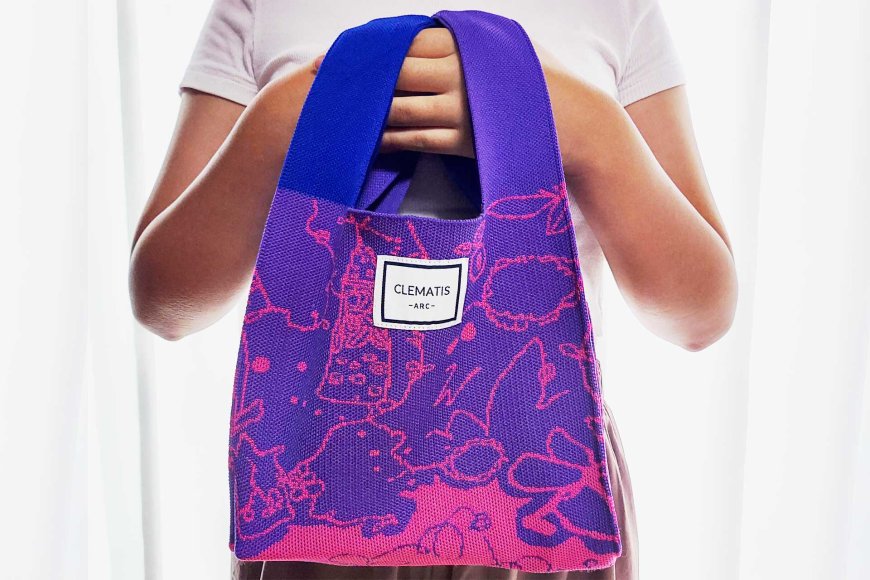
Cultural Significance of Japan's Iconic Symbols
Japanese culture, with its rich history and deep-rooted traditions, has given rise to an array of motifs that are recognized and revered globally. These motifs, found in art, fashion, and everyday objects, are not just visually appealing but are also imbued with profound symbolism and meaning.
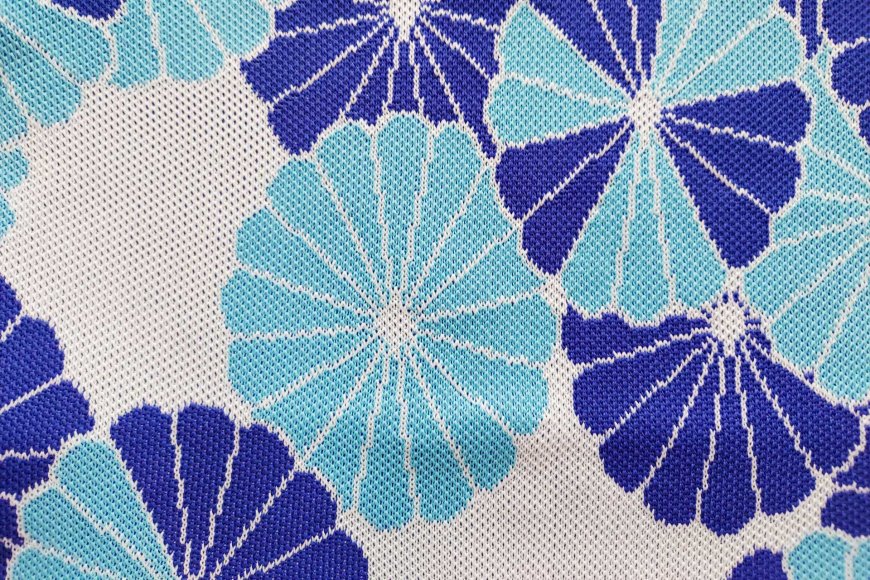
Cherry Blossoms (Sakura)
Cherry blossoms, or sakura, are perhaps the most iconic Japanese motif. These delicate pink flowers bloom in spring and are celebrated nationwide during the annual hanami (flower viewing) festivals. Sakura symbolize the fleeting nature of life due to their short blooming period. This concept, known as mono no aware (the powerful emotions that objects can evoke or instil in us), underscores the beauty and ephemerality of life. In art and literature, sakura often evoke nostalgia and poignancy, reminding us to cherish the present moment.
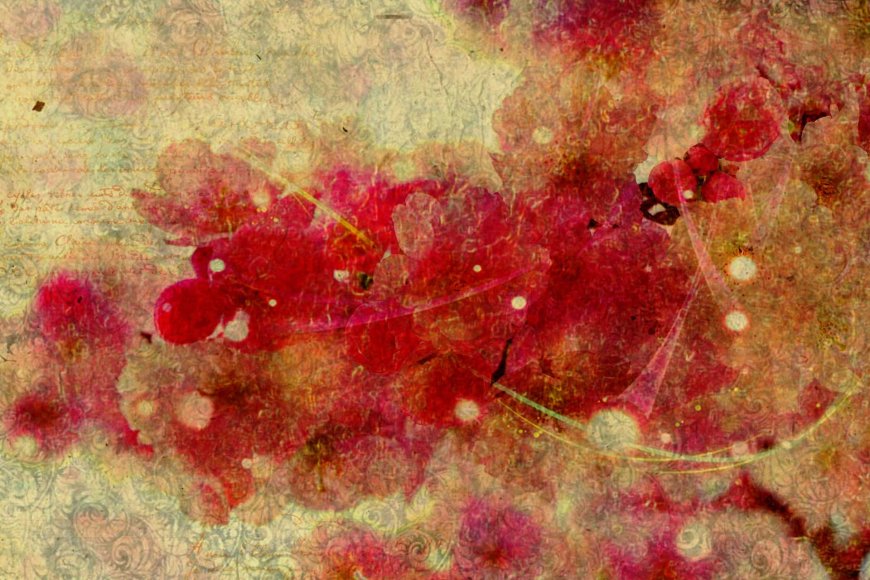
Cranes (Tsuru)
The crane, or tsuru, is a revered symbol in Japanese culture, representing longevity, good fortune, and fidelity. Cranes are believed to live for a thousand years, making them a popular motif for wedding kimonos and celebratory events. The art of origami, the traditional Japanese paper folding, often features cranes. According to legend, folding a thousand paper cranes grants the folder a wish, making it a powerful symbol of hope and healing.
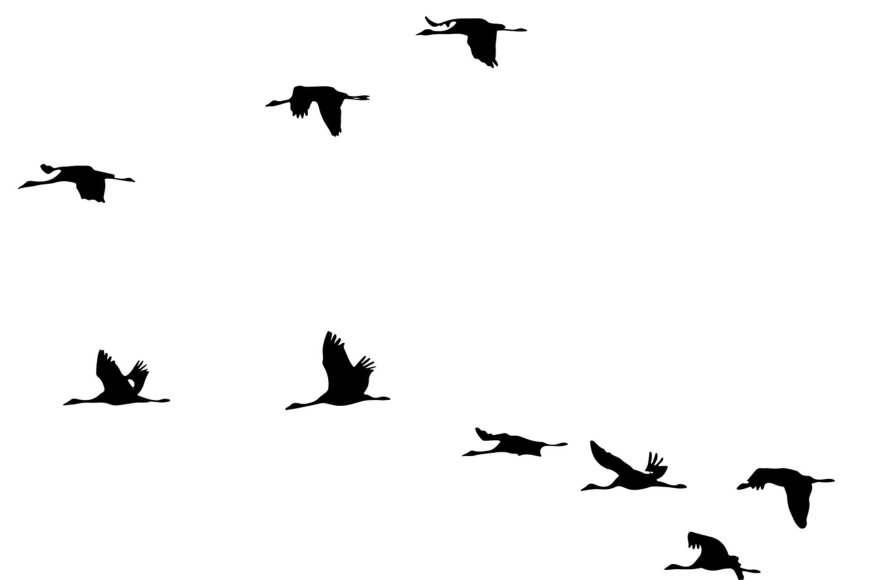
Koi Fish
Koi fish are another prominent motif in Japanese culture, symbolizing perseverance, strength, and success. These vibrant fish are often depicted swimming upstream, a reference to their determination to overcome obstacles. The koi's journey is likened to the human struggle and triumph, making them a popular design in tattoos and traditional Japanese art. The annual Koi Nobori festival, where carp-shaped windsocks are flown, celebrates Children's Day and the aspiration for children to grow strong and resilient like the koi.
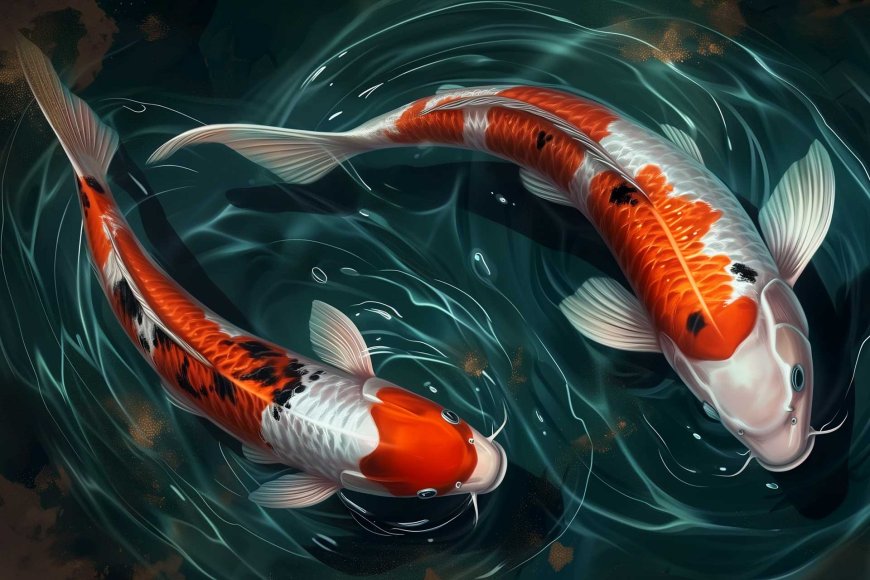
Waves (Seigaiha)
The seigaiha, or "blue ocean waves," is a traditional Japanese motif that dates back to the sixth century. This pattern of overlapping concentric circles represents waves and symbolizes resilience and surmounting hardships. It is often used in textiles, ceramics, and other decorative arts. The wave motif also evokes the connection between Japan and the ocean, emphasizing the nation's reliance on and respect for the sea.
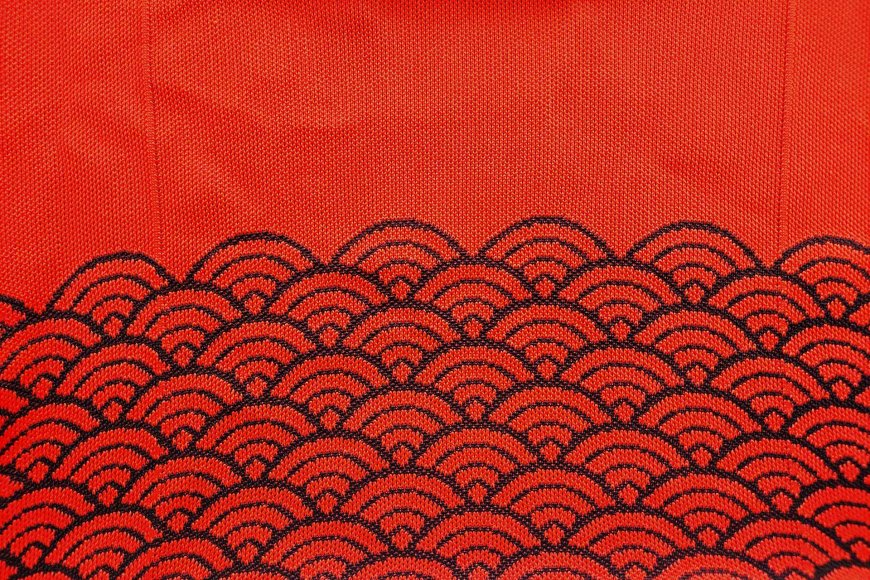
Dragons (Ryu)
In Japanese folklore, dragons are powerful, benevolent beings that control water and rainfall, essential for agriculture. Unlike their Western counterparts, Japanese dragons are seen as protectors and symbols of wisdom, strength, and good fortune. They are often depicted in intricate artworks, tattoos, and architecture, especially in temples and shrines. The dragon's association with water also ties into Japan's geography and the importance of harmony with nature.
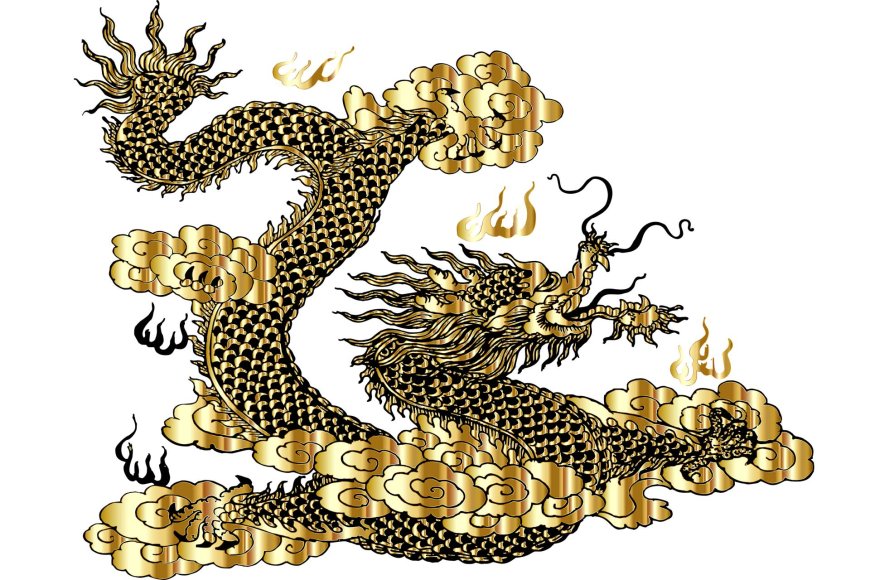
Cherry Blossom Crest (Sakuramon)
The sakuramon, or cherry blossom crest, is a stylized version of the cherry blossom often used in family crests and emblems. It signifies purity, beauty, and the transient nature of life. The sakuramon can be found in various traditional garments, accessories, and even modern fashion, serving as a bridge between past and present cultural expressions.
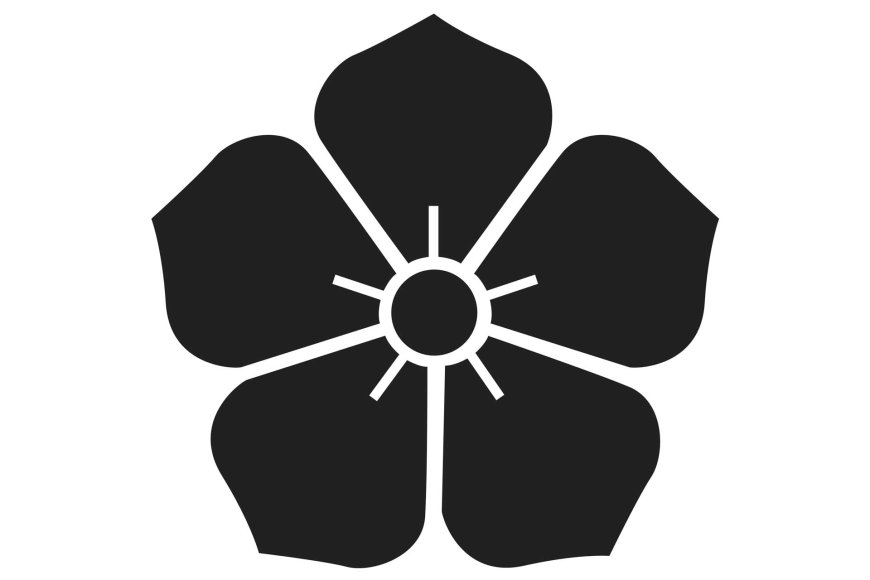
Geisha and Kimono Patterns
Geisha, the traditional Japanese female entertainers, are often depicted in richly decorated kimonos adorned with seasonal motifs. Each pattern and color combination in a geisha's kimono tells a story, reflecting the time of year, the geisha's status, and the occasion. Popular motifs include cherry blossoms, cranes, and waves, each adding layers of meaning to the garment. The meticulous attention to detail in these patterns showcases the craftsmanship and artistic heritage of Japan.
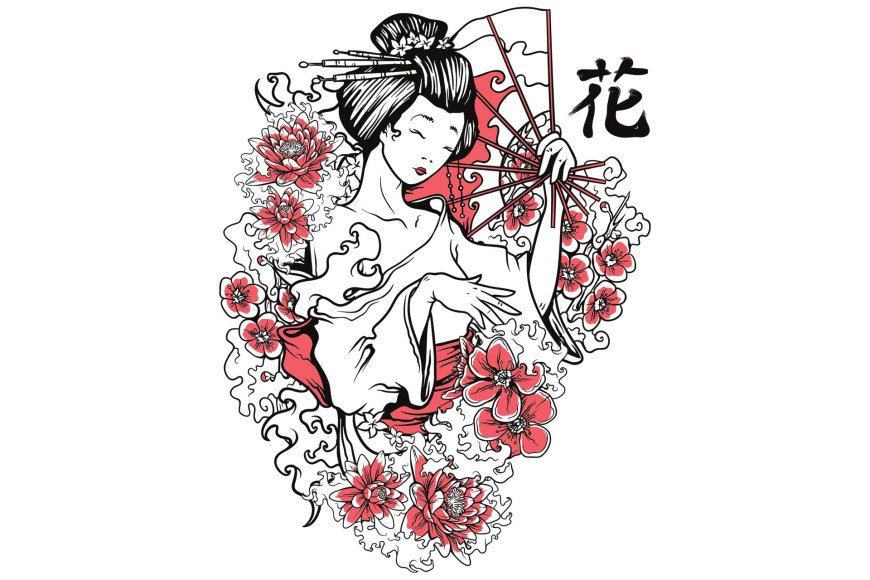
Mount Fuji (Fujisan)
Mount Fuji, Japan's highest and most iconic peak, is a motif that symbolizes national pride, spiritual significance, and natural beauty. Often depicted in ukiyo-e (woodblock prints) and modern art, Mount Fuji represents endurance and tranquility. The mountain's symmetrical shape and serene presence have inspired countless artists, writers, and pilgrims, making it a timeless symbol of Japan's cultural and natural heritage.
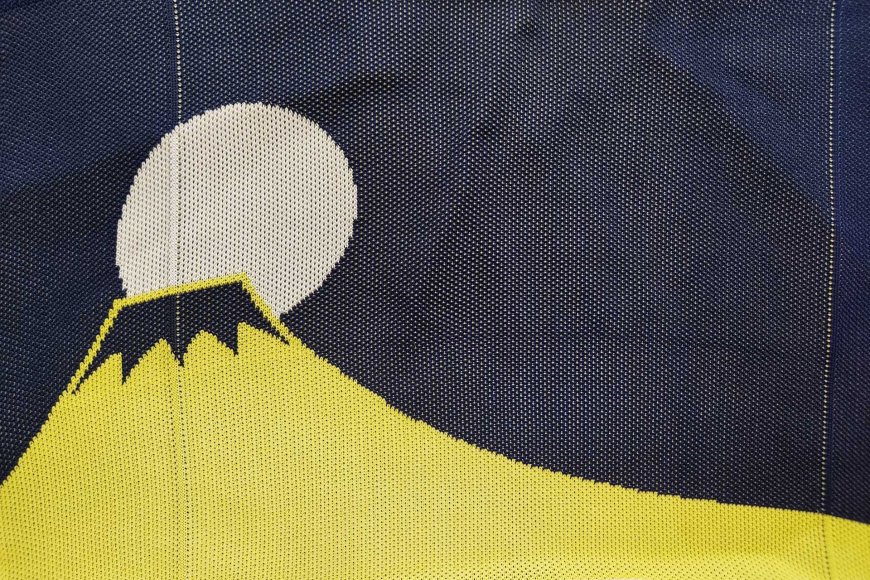
Nature, Spirituality, and Transient Beauty
Japanese motifs are a testament to the country's deep appreciation for nature, spirituality, and the transient beauty of life. From the fleeting cherry blossoms to the enduring image of Mount Fuji, these motifs carry profound meanings that resonate across time and cultures. Whether in traditional art, modern fashion, or everyday objects, the allure of Japanese motifs continues to captivate and inspire, reflecting rich history, tradition, and aesthetic beauty.
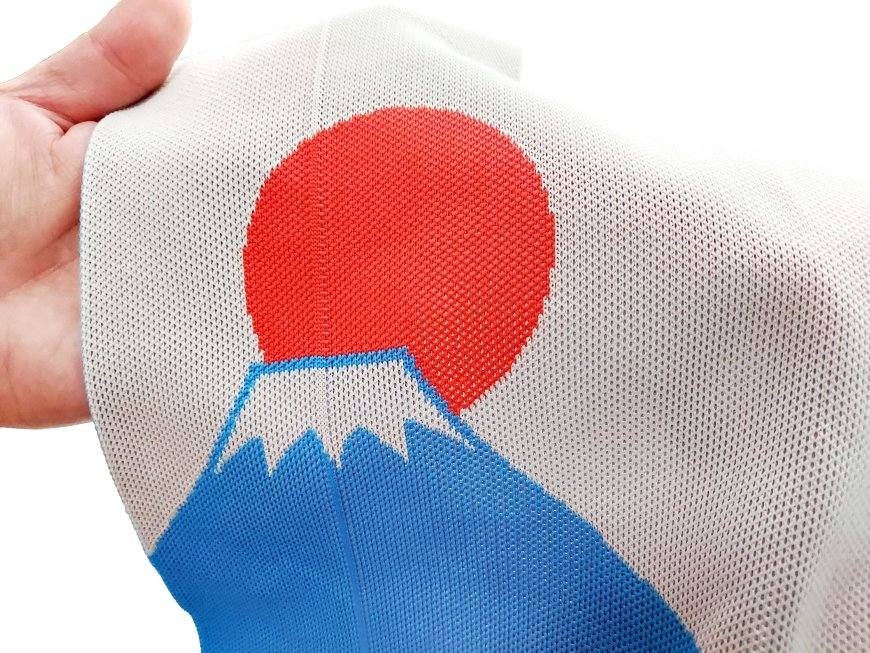
Find Cheap Flight Tickets to any Destinations in Japan and the Philippines
Nipino.com is committed to providing you with accurate and genuine content. Let us know your opinion by clicking HERE.





























































